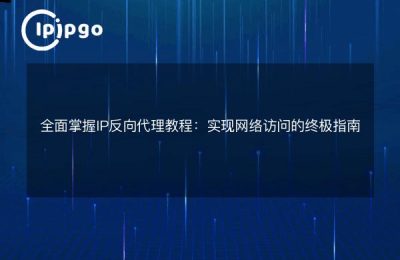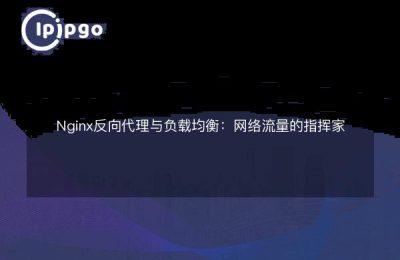
Ah, today I come to tell you about the website configuration reverse proxy server. This reverse proxy is a bit like a hidden hero, although he will not deal directly with the user, but can silently help the site in the background to deal with the request, protect the server security, improve the site access speed, is simply a magical existence.
What is the use of configuring a reverse proxy for a website
First, let's talk about how reverse proxies help secure servers. Imagine that the server is like a castle, and the reverse proxy is like a moat outside the castle, which can block some malicious attacks and protect the castle from damage. When a user sends a request, the reverse proxy will first block in front, filter out some malicious requests, and then forward legitimate requests to the server, which greatly reduces the risk of the server being attacked.
Secondly, reverse proxies can also help improve the speed of accessing a website. Imagine when a user wants to visit a website, if they interact directly with the server, it is like going to the castle to find the king, and they may walk for a long time to see the king. And with a reverse proxy, it is like having a shortcut inside the castle, the user's request can first reach the reverse proxy, and then forwarded by the reverse proxy to the server, which can greatly improve the access speed, so that the user can see the content of the site faster.
Configuring a Reverse Proxy Server
To configure a reverse proxy server is not really complicated. First, we need to choose a suitable reverse proxy server software, such as the commonly used Nginx, Apache and so on. Then, we need to make the corresponding settings in the configuration file of this software, specifying the forwarding rules, such as forwarding certain requests to a specific back-end server. Finally, restart the service to make the configuration take effect.
As an example, we can configure a reverse proxy through Nginx. In the Nginx configuration file, we can add code similar to the following:
“`
server {
listen 80.
server_name example.com.
location / {
proxy_pass http://backend_server.
proxy_set_header Host $host.
proxy_set_header X-Real-IP $remote_addr.
proxy_set_header X-Forwarded-For $proxy_add_x_forwarded_for;
}
}
“`
What this code means is that when a user accesses example.com, Nginx forwards the request to the backend_server and adds some additional headers during the forwarding process, thus completing a simple reverse proxy configuration.
Through this configuration, we can let the reverse proxy server play a role in protecting the server security, improve site access speed, so that users can access our website content faster. Isn't it a bit like adding an invisible moat to the castle, making the castle more secure and at the same time giving the user a smooth and unhindered access? It's like having a hero hiding in the shadows, silently guarding our website.








